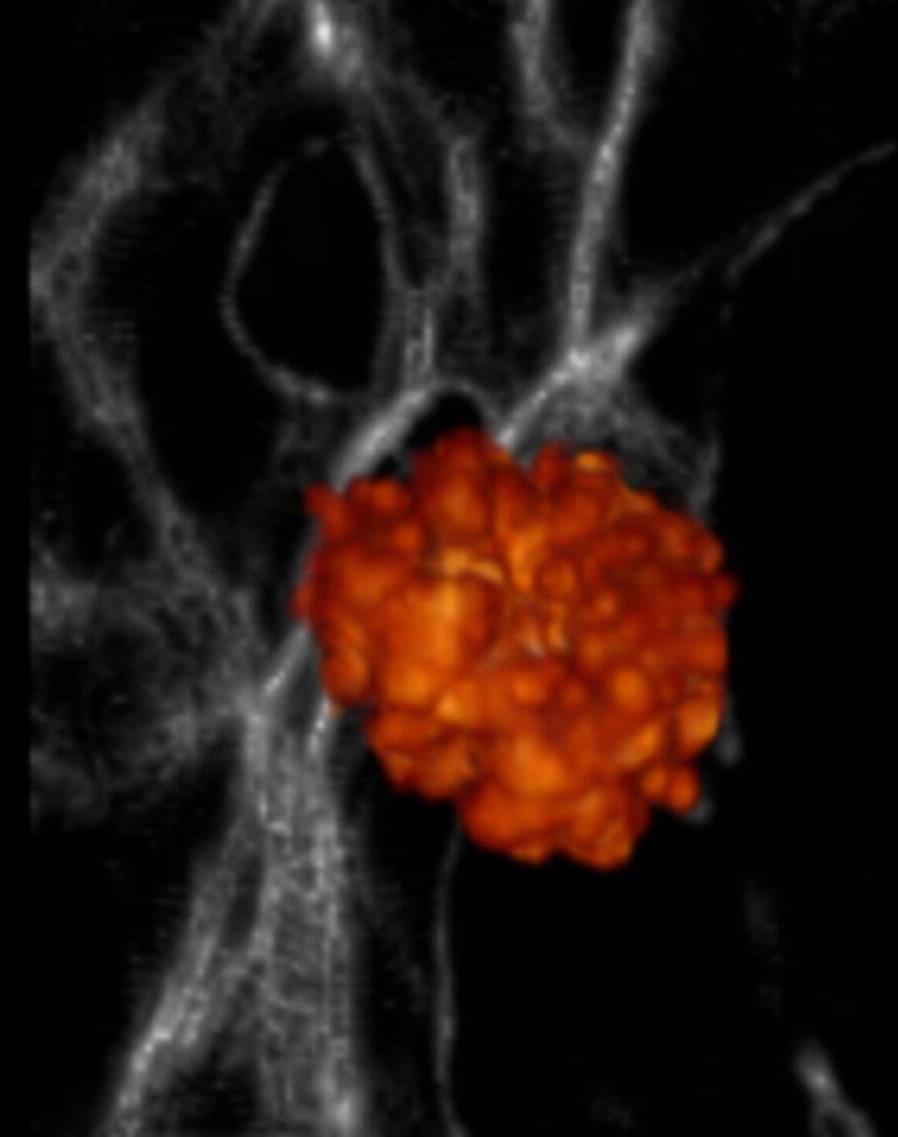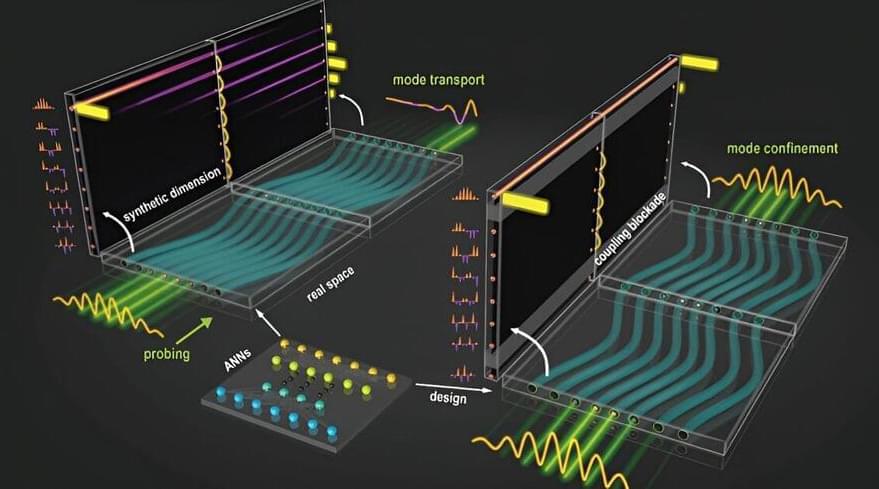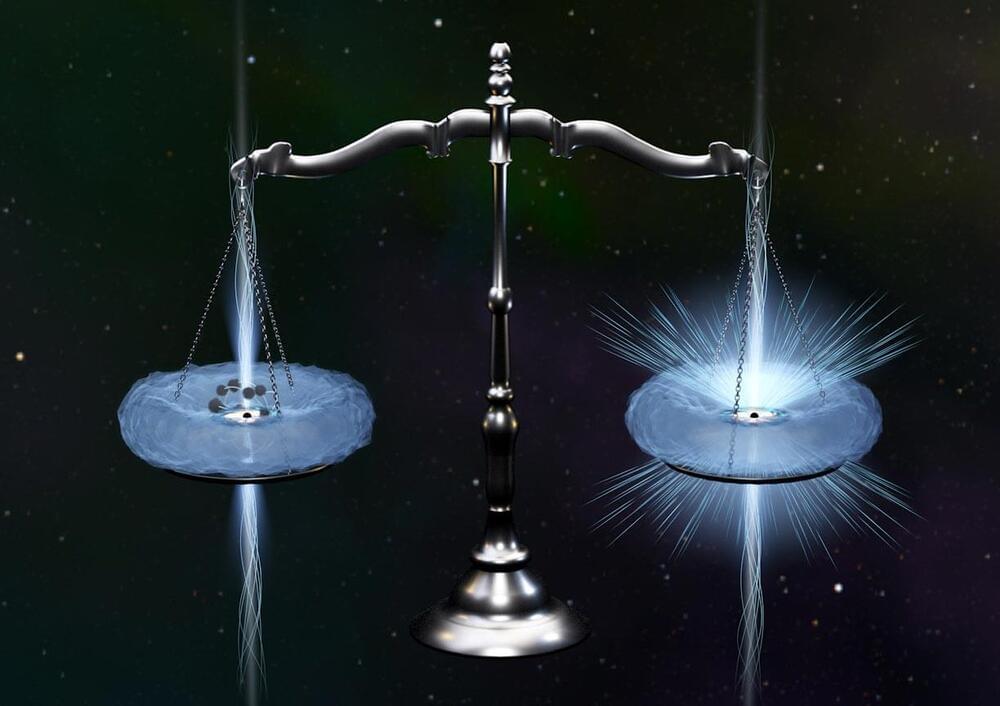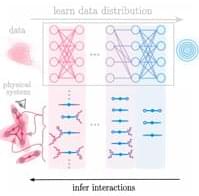Mar 21, 2024
Unveiling the formation of the first galaxies
Posted by Dan Breeden in categories: cosmology, physics, supercomputing
Utilizing high-resolution three-dimensional radiation hydrodynamics simulations and a detailed supernova physics model run on supercomputers, a research team led by Dr. Ke-Jung Chen from the Institute of Astronomy and Astrophysics, Academia Sinica (ASIAA) has revealed that the physical properties of the first galaxies are critically determined by the masses of the first stars. Their study is published in The Astrophysical Journal.
















